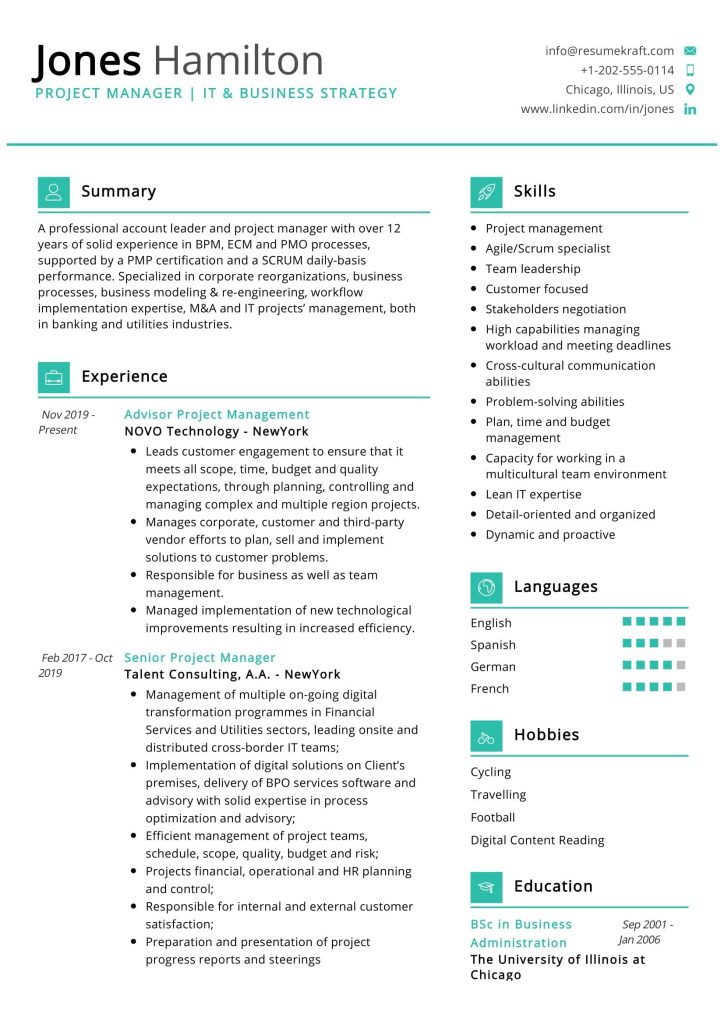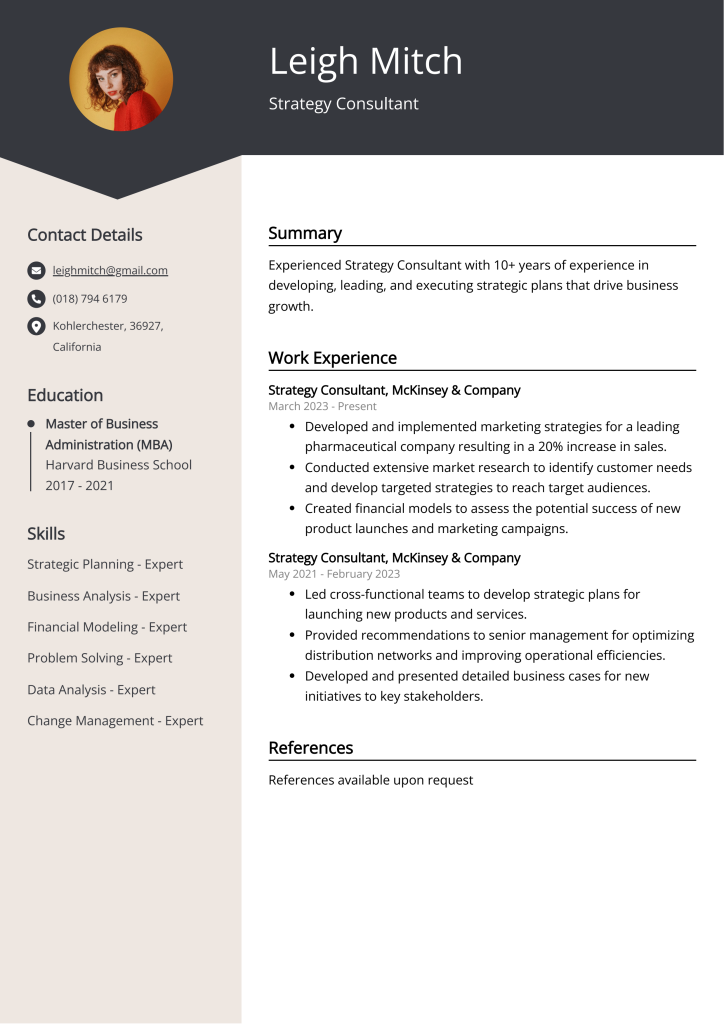Writing a resume that truly stands out starts with clarity of intent. A well-crafted resume objective sets the tone, offering a glimpse into your professional identity and career goals. It serves as a concise introduction that aligns your purpose with the employer’s expectations.
Tailoring your resume content is not just a good practice it’s a critical strategy. Recruiters and Applicant Tracking Systems (ATS) look for specific keywords, skills, and achievements that reflect the job description. Personalized resumes show that you’re invested in the opportunity, not just mass applying.
Generic resumes are easy to ignore. But when you strategically write a targeted objective and match your accomplishments with role-specific language, you enhance your relevance. Understanding what hiring managers are seeking and aligning your experience accordingly gives you a definitive edge in the hiring process.
Resume Objectives and Personalization
Defining a Clear Resume Objective
A resume objective should clearly state your career goals and the value you bring to the table. It acts as a first impression for recruiters, summarizing your intent. Avoid generic or vague objectives that fail to connect with the specific job. Tailor your objective to highlight relevant skills and experience that match the role. A well-crafted objective directs the reader’s focus and sets a positive tone for the rest of the resume.
Customizing Content for Job Descriptions
Tailoring your resume for each job application is essential to demonstrate alignment with the role and increase your chances of success. Careful customization helps effectively highlight your most relevant skills and experience.
- Thoroughly analyze the job description to identify key keywords and required skills.
- Incorporate these keywords naturally throughout your resume to improve ATS compatibility.
- Demonstrate to recruiters that you understand the role’s expectations by highlighting relevant achievements and qualifications that align with the job requirements.
Showcase Achievements for Impact
Employers prefer seeing what you accomplished rather than just what you did. Quantifying your achievements with numbers or results creates impact. For example, increasing sales by a percentage or leading a successful project. This shifts the focus from routine duties to measurable success. Highlighting achievements demonstrates your proactive contribution to previous employers.
Selecting Effective Resume Templates
Best Resume Template Designs
The first impression of your resume depends largely on its visual clarity. Even the most impressive experience can go unnoticed if the layout is hard to follow. Choosing a template that prioritizes readability ensures your information is processed quickly and effectively by hiring managers.
- Use clear section headings to guide the reader through your experience, education, and skills without confusion
- Stick to consistent fonts that are professional and easy on the eyes, such as Arial or Calibri
- Maintain adequate white space to prevent visual clutter and allow key information to stand out naturally
Functional vs Chronological Resumes
Functional resumes emphasize skills and experience, making them ideal for individuals with career gaps or those transitioning into a new field. Chronological resumes list work history in reverse order, best suited for steady career growth. Knowing which format fits your background helps present your profile more effectively. Sometimes, a combination format may be the best approach. Choosing the right template supports your career narrative.
Read More: Resume Writing Tips for Older Workers 2025
Incorporating Modern Visual Elements
Adding subtle color accents or icons can make your resume stand out without overwhelming it. Utilize visual elements to effectively highlight key sections or skills. However, keep these additions minimal to maintain a professional appearance. Modern templates with balanced visuals appeal to recruiters seeking clarity and a professional design. Thoughtful design choices enhance the resume’s attractiveness.
Resume Section Optimization Strategies

Effective Resume Summary Tips
A strong professional summary serves as your pitch at the top of your resume. It captures who you are, what you’ve achieved, and where your expertise lies, all within a few lines. This brief section helps recruiters immediately understand your value and encourages them to explore the rest of your resume.
- Highlight core strengths such as leadership, problem-solving, or technical expertise aligned with the job role
- Mention years of experience and industry-specific accomplishments that add credibility
- Showcase your career focus by tying your goals to the needs of the company or position
Structuring Work Experience Clearly
Present your work experience in a consistent format for easy scanning. Include job titles, company names, locations, and dates clearly and accurately. Use bullet points to list accomplishments and responsibilities succinctly. Focus on relevant achievements that align with the job you’re applying for. Clear structure improves readability and professionalism.
Showcasing Education and Certifications
List your highest educational qualifications along with relevant certifications. Include institution names, graduation dates, and certification details. Highlight any ongoing learning to show commitment to professional growth. Certifications can strengthen your qualifications, especially in specialized fields. Properly formatted education sections add credibility.
Optimize Resume for ATS
Strategic Use of Keywords
In today’s competitive job market, including the right keywords in your resume is essential for passing through Applicant Tracking Systems (ATS) and capturing the attention of recruiters. Strategic keyword integration improves both visibility and relevance, ensuring your application stands out among dozens.
- Use industry-specific terms: Identify and naturally include keywords from the job description to align your resume with the role’s expectations.
- Avoid keyword stuffing: Repeating the same terms excessively can make your resume look forced and reduce readability.
Formatting to Avoid ATS Errors
Avoid complex formatting such as tables, graphics, or unusual fonts that ATS software may misread. Stick to standard fonts, such as Arial or Times New Roman, and use simple bullet points to enhance readability. Label sections with standard headers such as “Experience” or “Education” for easy parsing. Consistent formatting ensures your resume passes automated screenings without errors. This meticulous structure benefits both ATS and recruiters.
Testing Resumes with ATS Tools

Testing your resume with available ATS simulators helps identify formatting and keyword issues that may prevent it from being successfully processed by the ATS. These tools show how your resume is parsed and ranked by ATS. Adjustments based on test results increase your chances of getting past initial screenings. Regular testing is essential if you apply to many jobs. This proactive step improves resume effectiveness.
FAQs
What is the ideal length for a professional resume?
One to two pages is the standard length. One page is suitable for entry-level roles, while two pages are more suitable for experienced professionals. Focus on quality over quantity. Avoid irrelevant information to maintain conciseness.
How important is it to customize a resume for each job application?
Customizing improves ATS rankings and recruiter engagement. Tailoring your resume shows you understand the role. It highlights relevant skills and experiences specifically. Avoid sending generic resumes.
Should I include hobbies or interests on my resume?
Include hobbies only if they relate to the job or demonstrate transferable skills. Irrelevant hobbies can distract. Use this section sparingly. Focus on professional qualifications first.
What are common mistakes to avoid in resume writing?
Avoid spelling or grammar errors. Maintain consistent formatting and explicit language. Don’t overuse jargon or vague terms. Proofread carefully before submitting.
How do I address employment gaps in my resume?
Use a functional format or explain gaps briefly in a cover letter. Highlight skills or volunteer work gained during periods of unemployment or career gaps. Keep explanations positive and concise. Focus on continuous learning.
Conclusion
Professional resume strategies paired with carefully selected templates significantly boost job search success. Customizing your resume content and formatting to align with Applicant Tracking Systems (ATS) improves visibility and ensures your application reaches recruiters. Clear organization, emphasizing measurable achievements, makes your profile more compelling and memorable. Utilizing proven techniques increases the likelihood of securing interviews and advancing your career. Regularly updating and refining your resume keeps it relevant, maximizing your chances of standing out in a competitive job market and achieving long-term professional growth.

